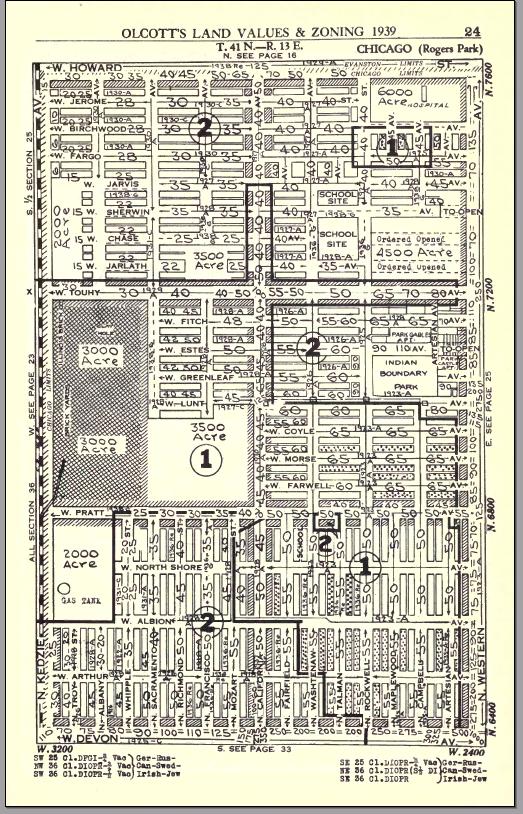Altho Henry George’s proposal is “to abolish all taxation save that upon land values,” his objective really is to collect land rent for the community. Of course land value is, ultimately, determined by anticipated land rent, but rent is more stable.
This is illustrated by a recent article in the Wall Street Journal (“Tax Break Divides Large, Small Builders,” Feb 11 ’09). In an example cited as typical, Pulte Homes is reported to have sold, for $2 million, land they had “originally paid $28 million for.” So if land value declined by over 92%, how much did land rent decline?
Probably quite a bit less than 92%, because the $28 million was based on Pulte’s guess as to what the future land rent would be. The actual rent, the amount that someone would have paid to use the land at the time Pulte bought it, was doubtless much less than their expectation of its future amount.
Some opponents of land value taxation cite cases of great declines in land prices to claim that LVT wouldn’t be a stable source of revenue. But LVT moderates speculation, and land prices would be more stable if more of the land rent was collected for public use.
One illustration of this is that states where real estate tax is relatively high have experienced more stable prices for homes and lots.
